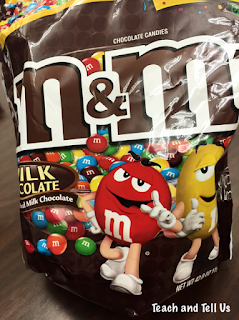I remember my first year teaching, it still comes back and hunts me sometimes. I was teaching a third grade bilingual class. When students came in, I was so nervous about getting them started that I forgot they "might" not speak any English. I kept going on and on and on about procedures, rules and expectations. Everyone was quiet...all 22 of them. I kept thinking to myself they were the most wonderful students I could ever ask for (and they were) how awesome was it that my students are paying such close attention to me!! Until one little girl raised her hand and asked (in Spanish): Could you please repeat everything you just said but in Spanish?
Source: The Cornerstone
BAM! I felt horrible! These kids weren't fluent in the language and there I was ASSUMING they understood everything I had just said. So of course, I quickly adjusted and repeated every single thing.
Assuming our kids know a certain skill or have a particular habit because "they should have learned it in the previous year" is one of the WORST MISTAKES we can do as teachers.
It was very unfortunate to realize that even though many of these kids weren't newcomers they still needed instruction as if they were.
If you ever find yourself in the same situation I was in just keep in mind that the best you could possibly do for your kiddos if to GO BACK TO THE BASICS!
For me that meant teaching the parts of the body, names of animals, farm animals. I even taught some of them how to say: Hello! My name is ________. I vividly remember playing a video and singing just like a kindergartener teacher: head, shoulders, knees and toes, KNEES AND TOES!
Was it ideal? NO. Was it something I was supposed to be teaching in third grade? NO. I so wish they would have had all that vocabulary before getting to third grade but they didn't. Someone had to teach it. I was definitely not going to let those kids go on to the next grade without having that basic vocabulary.
Here's some ideas of basic vocabulary/resources your bilingual students might need:
If you ever find that your students haven't learned a skill that was meant to be learned in a prior year, TEACH THEM! Please, please, please DO NOT ignore it!

























